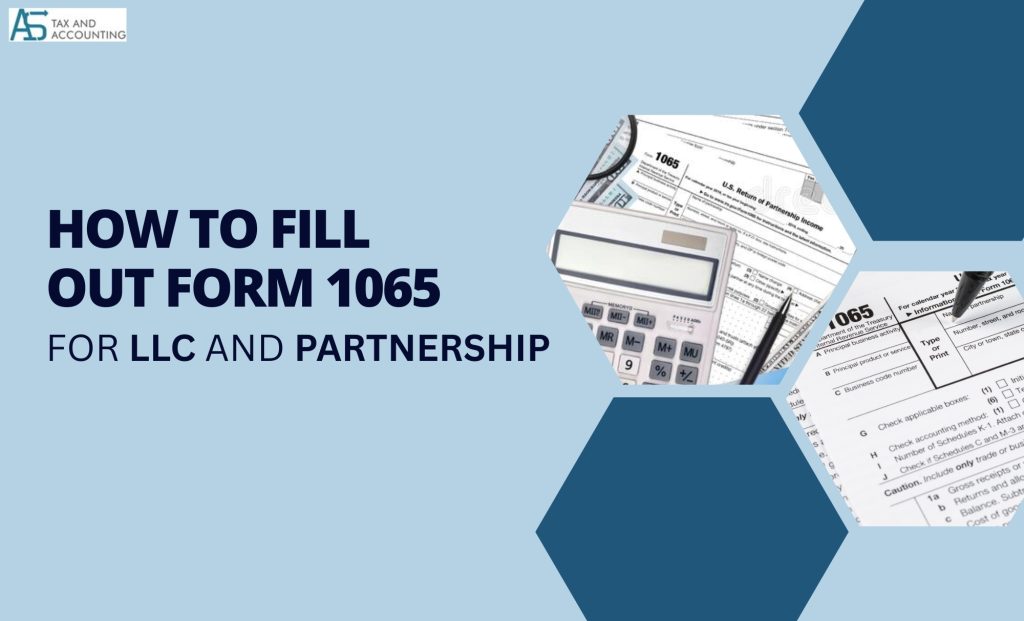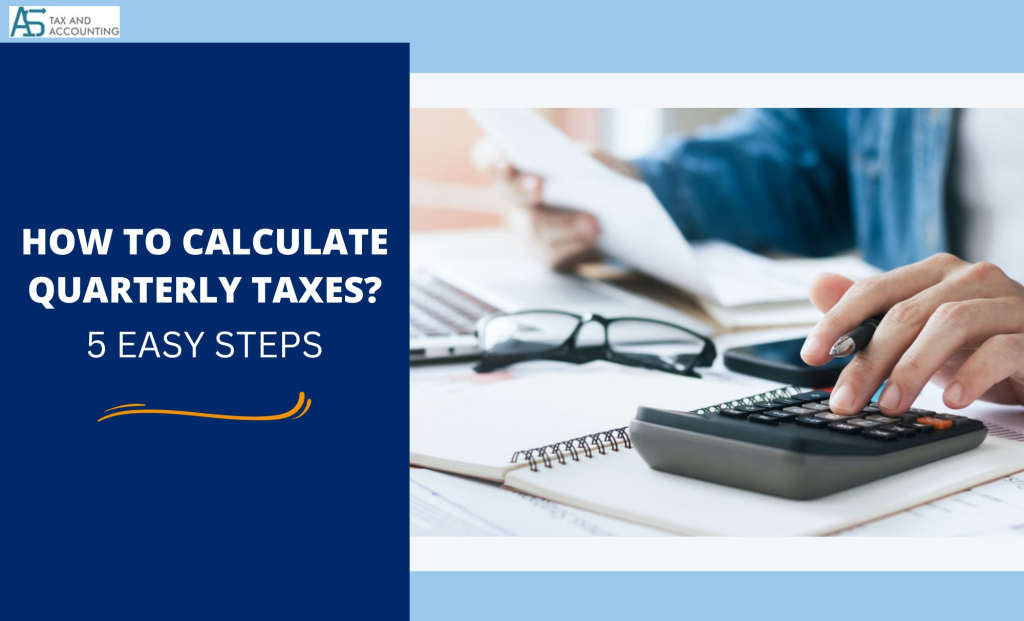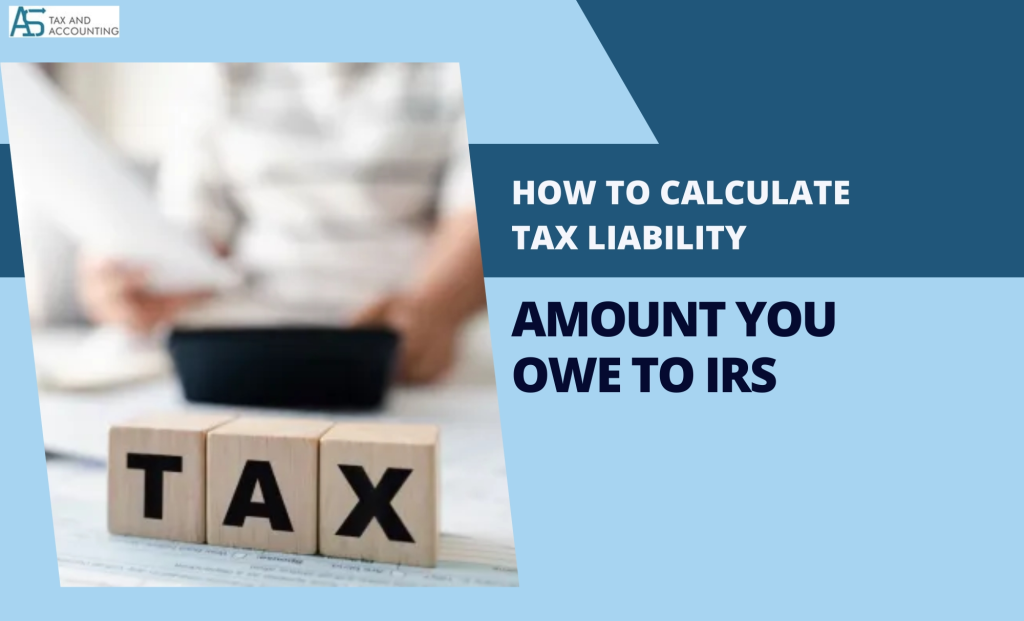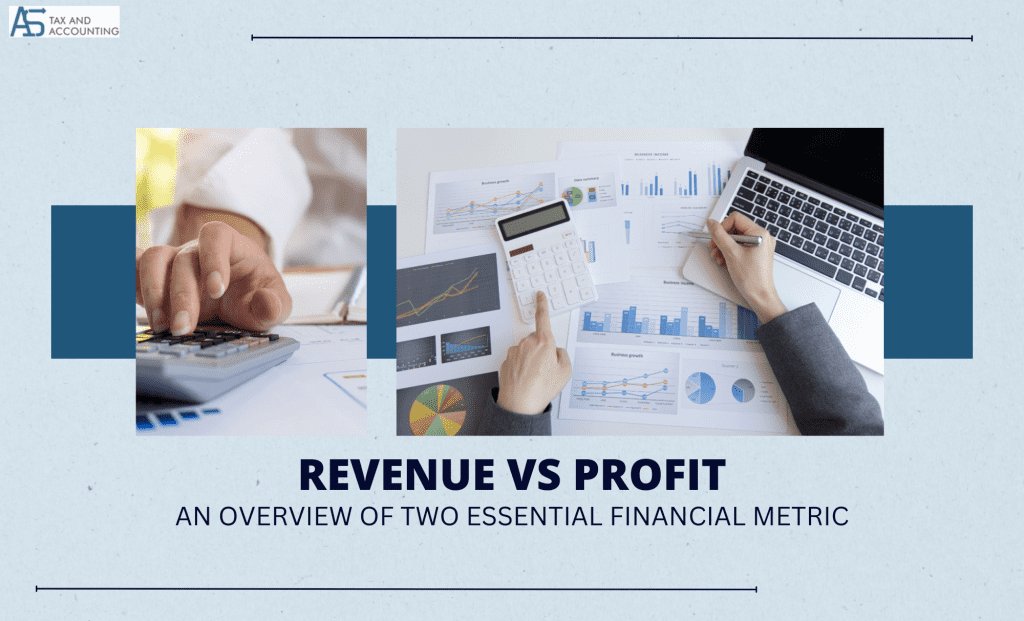You must have a clear, simple system in place for handling IRS payments because tax season can be challenging. You could be one of the numerous people who must file a 1065 Form given the rising number of firms and partnerships. It is one of the most significant annual tax forms you must submit to the IRS if your company is a partnership or LLC. The IRS Form 1065 can be challenging to comprehend, regardless of whether you are a first-time or seasoned small business owner.
No worries as AS Tax and Consulting is going to break this for you.
What Is Form 1065 – U.S. Return of Partnership Income?
The IRS Form 1065 is a federal tax return form. The Internal Revenue Service is going to check it out. It is also known as the U.S. Return of Partnership Income form.
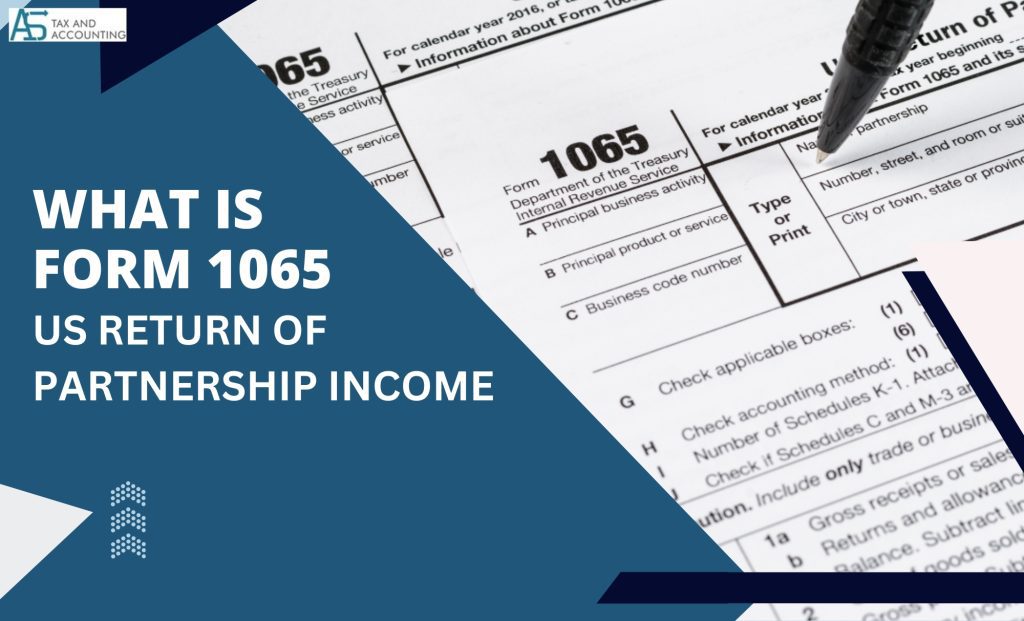
1065 tax form is essentially an informative document that you’ll use to declare the revenue, profits, losses, write-offs, and credits generated by your business. You must file this form to the IRS each year if you are the owner of an LLC or partnership.
Pass-through entities, partnerships, and LLCs convey profits and losses straight to the partners or LLC members, who then declare and pay taxes on their respective portions of the business profits on their individual tax returns. Therefore, even though a partnership or LLC must submit a single IRS Form 1065, the company itself is not responsible for paying income taxes. Alternatively, to disclose their portion of the company’s income and losses, individuals and LLC members must fill out and submit a Schedule K-1 along with their individual tax filings.
Who Should Fill Form 1065?
You must submit IRS Form 1065 each taxable year if you are one of the following:
Domestic partnership: A domestic partnership is defined by the IRS as “an association between two or more persons who cooperate to conduct a business, each person providing assets, funds, or expertise.”
LLC: You must submit an IRS Form 1065 if your LLC has been categorized as a partnership and you have not submitted a Form 2553 to be regarded as a corporation.
Religious nonprofits that fall under the 501(d) classification: Must also submit this form. Regardless of how the profits were paid, they must prove that earnings were given to their members as payouts.
Foreign partnership: You must complete a 1065 Form if your company is international but you generate more than $20,000 in gross income per year from U.S. streams.
How to Fill Out Form 1065 for LLC and Partnership?
The deadline for filing taxes for LLC is 15th March 2023. If you’re unsure of how to file Form 1065 online or manually, then we’ll walk you through the process. However, you should be aware that IRS Form 1065 is a five-page form.
Gather Relevant Documents
You must first obtain various financial paperwork. An income statement, balance sheet, deductible costs, and cash flow documents. The specific paperwork you need will depend on the nature of your firm and it may include tax forms such as:
- W2s.
- W3s.
- FUTA tax returns.
- Forms 720, 114, 940, and 941.
Page 1 – Fill the sections A-K
You must complete the following information in this section:
- A-C: Enter your primary business activity, main product or service, and business code number in the A–C boxes.
- D: Enter the employer identification number (also known as the business tax ID number), if applicable.
- E: Indicate the day your company was founded.
- F: Using the accounting technique you employ to maintain your books, enter the total assets of your partnership at the end of the year.
- G and H: Specify the kind of return this is and the kind of accounting system your company employs.
- I: You must attach the appropriate number of Schedule K-1s to this form, one for each partner or LLC member.
- J: There are times when you’ll have to fill out a Schedule C or M-3.
Also, enter the year of your tax filing. Your partnership’s name and postal address.
You must fill out the remaining boxes 1 to 30 on page 1 after completing boxes A to J. These boxes are divided into three groups, including Income, deductions, and taxes. You’ll need to use the financial and tax records you acquired to properly fill them out.
Page 2 – Schedule B
Schedule B continues on page 3 with 29 lines of items. Technical inquiries about your cooperation are in Schedule B. You must check each box that applies to your business and submit any additional information in order to complete this step.
The inquiries on this page are quite particular and in-depth, requesting details on the following:
- The type of business entity.
- The partnership’s percentages of ownership.
- Also, any debt the partnership may have.
- Participation in foreign financial accounts.
- Also, potential investments by the partnership.
Page 3 will have inquiries about:
- Any assets connected to the partnership.
- Also, Foreign partner information.
- Additional tax return forms that might be relevant.
Page 4 – IRS Form Schedule K
You can proceed to Schedule K after finishing Schedule B. Form 1065’s Schedule K is distinct from Schedule K-1. The distinction is that Form 1065 is a summary schedule of all the shares of income, credits, deductions, etc. that each partner is entitled to from the partnership. A copy of each partner’s K-1 should be submitted with Form 1065 since a K-1 shows each partner’s individual share.
The Schedule K section of the 1065 Form will inquire about the following:
- Revenue loss.
- Write-offs.
- Loss in net self-employment income.
- All appropriate credits.
- International transactions.
- Alternatives to the minimum tax.
- Any extra earnings and costs.
Page 5 – Schedule L, M-1, and M-2
You can utilize Schedule L to demonstrate that your balance sheets and documents and books are accurate. You’ll enter your assets, liabilities, and capital on lines one through twenty-two. It will you to lucidly explain any differences between your balance sheet and books and records if there are any. The IRS can better comprehend your partnership’s financial situation with the use of Schedule L
.
It’s crucial to remember that you won’t need to complete Schedule L if you select “Yes” for each of the four questions in part 6 of Schedule B on Form 1065.
Any discrepancies between the net income reported on the partnership’s financial statements and the net income reported on the partnership’s tax returns are explained in Schedule M-1. Remember that you must submit Schedule M-1 even if there are no discrepancies between your declared and book income.
You must report any changes to the IRS on Schedule M2 about your capital accounts and those of your partner. If the answer to each of the four questions in Schedule B part 6 was “yes,” Schedule M-2 is not necessary.
However, it’s always preferable to consult with a tax professional who can advise you on the best actions and how to fill out Form 1065 correctly.
Review
Lastly, carefully review the 1065 Form. When you are certain that it is acceptable, send it in by mail or online by the deadline. You must submit:
- The entire five-page Form 1065.
- Schedule F from Form 1040, if needed.
- Form 8825, as necessary.
- Also, Form 1125-A, if necessary.
- Also, the Form 8941, if necessary.
What is the Purpose of the Schedule K-1 Form?
Schedule K-1 identifies the separate shares of each partner. Each member of your company must complete their own Schedule K-1, even though your partnership or LLC only needs one Form 1065. By doing this, they will be able to submit Form 1065 to the IRS together with their individual tax filings.
You must record any perks and benefits, capital gains, debt interest, property investment income, dividends, or other assured benefits you may have received along with your business’s profits or losses on Schedule K-1.
Frequently Asked Questions
For 2022 tax returns, the due date for Form 1065 is March 15, 2023 (or September 15, 2023, with an extension).
The following are the main components of Form 1065.
● Partnership information.
● Income.
● Deductions.
● Signature.
● Schedule B.
● Schedule K.
● Schedule L.
● Schedule M-1.
● Schedule M-2.
You will need the following information-
● Employer Identification Number (EIN).
● Business Code Number.
● Cost of Goods Sold.
● Balance Sheet.
● Deductible Expenses.
● Accounting Method Used By Business.
If the partnership fails to submit Form 1065: U.S. Return of Partnership Income by the deadline. There will be the imposition of a penalty. The penalty for returns that are due between January 1 and December 31 is $210 for each relevant partner. For returns that are due after 1/1/23, that amount rises to $220 per partner.
- Author Details
- Latest Posts

I am Billie wilson, a financial analyst who loves to share knowledge. I believe that everyone deserves the opportunity to succeed and so I guide people in their journey to financial growth

